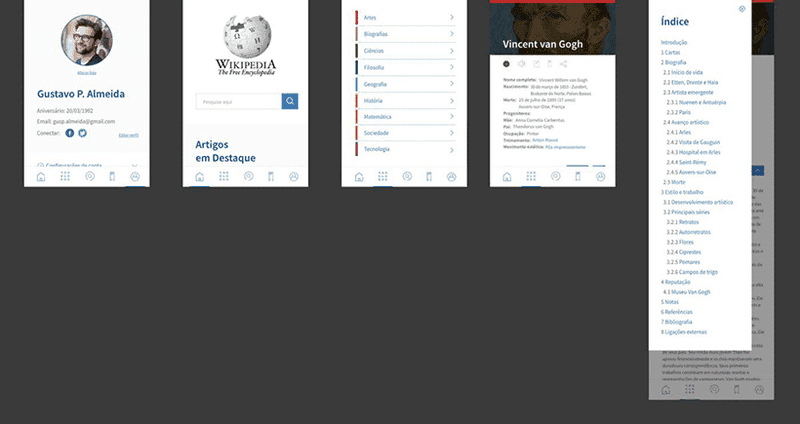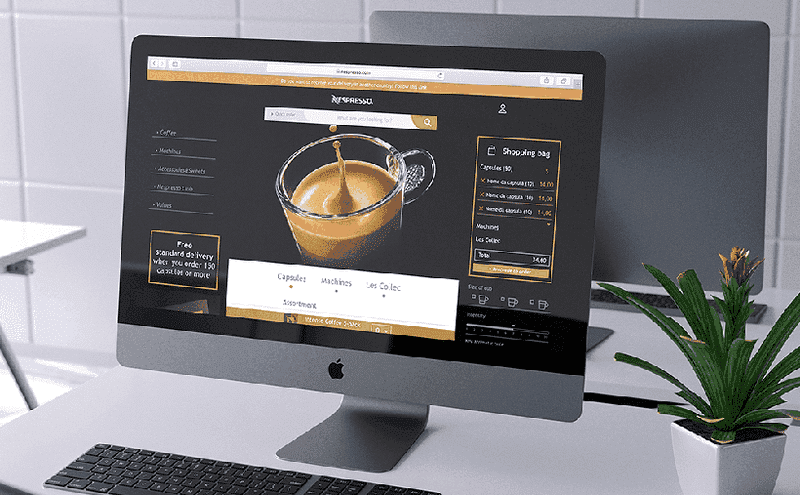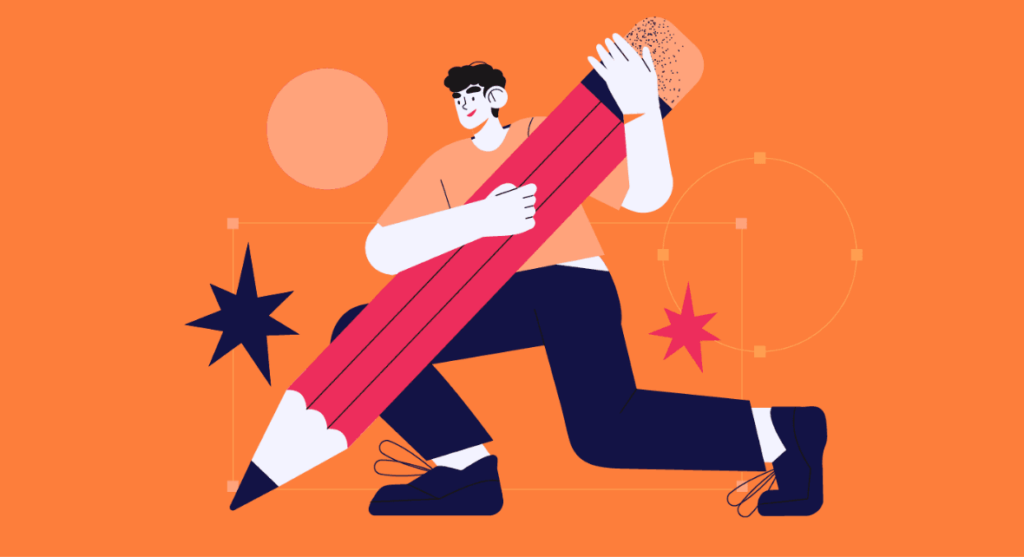When someone posts about a logo redesign (or any other digital product), it usually draws a lot of attention. Of course, everyone is entitled to an opinion once it is public on social media.
But most people commenting on those posts don't have the necessary experience or knowledge to criticize the work on technical grounds. And most importantly, it doesn't show the process!
Yes, you can always use these posts to test how people react to your designs, but this is not the best way to go if you need to study the design processes within UX and UI or gather recruiters' attention.
If you wish to learn and practice, the most important thing (for you and for recruiters) is not the final result but how you achieved that outcome. What led you to each design decision? How was your design process?
A throughout redesign project should show all of the steps a designer took to reach that final result; it doesn't matter if it was a website redesign, a logo, or an app.
What we will discuss in this article is how you can use a redesign to practice and enhance your studies and build your UX/UI Design portfolio! Learn how to give real meaning to this process because it can really help your career.
Redesigning as a learning opportunity
Product Design is a practical discipline. Although it is important to understand its concepts and various tools, it's only by practicing that you can really learn the deed.
Therefore, redesign is a great way to put into practice the skills you want to improve, especially if you are studying alone or taking an online course.
Furthermore, with a redesign process, you can elaborate UX/UI Design projects to compose your portfolio.
Reading tip: Redesign: Are You Sure About It?
Can I use case studies in my portfolio?

Designers starting out or moving into UX Design may have this question: if I'm just starting out, how do I compose a portfolio?
The answer to this question would be: yes, it is possible to use study projects, including redesigns, to compose your portfolio. In fact, this is the best way to start your portfolio. But be careful and know, above all, how to present your project.
It is not enough just to put the end result of your project/study/redesign in the portfolio. It is important to make clear the whole process, premises, data, and reasoning used to design the final result.
Remember that there are tools that can help you when putting together a portfolio, such as storytelling.
Other tools can help you build the argumentation and reasoning to effect the redesign. The User Journey is one of them.
In summary, it is important to give as much context as possible in the presentation of the work, because the UX Designer's reasoning and process is so fundamental that without it the final result is nothing but meaningless screens.
This is one of the reasons why designers should not ask for feedback openly on social networks, because it is impossible to give the proper context for the reviewer to comment in a way that adds real value, and the comments are only around praise or shallow criticism.
Reading tip: User Journey Map: Understanding and Improving Interactions
Example of students who have used case studies in their portfolios
Many of our students have pivoted to UX Design from totally different areas. In this sense, they did not have a portfolio in this area.
Since Aela's Bootcamp have a strong practical focus, our students can use the course projects and exercises to build their portfolios.
"I had a job interview and was able to put together a portfolio overnight by putting together 3 pieces plus a complete case, using the MID exercises. I presented the portfolio and passed the process." – Joyce Almazan

"[...]during the Bootcamp I was building my portfolio through the UX, UI, and redesign projects and the meticulous guidance of Aela's mentors and the help of the Aela Community on Slack. So, everything I was doing, I used as a resource to compose my portfolio and present it in the interviews." – Fábia Coelho


Reading tip: Nielsen’s Heuristics: 10 Usability Principles To Improve UI Design
How should I structure a redesign project?
We have assembled 3 main steps to follow if you want to embark on a redesign project to enhance your studies or to build your portfolio:

1) Identify the problem
To begin a redesign, you must first be clear about the problem you want to solve. Remember that the purpose of the redesign is not to change a product's aesthetics, as this won't add value to your UX portfolio. Instead, a new design must solve a gap or contemplate an opportunity for improvement.
So, identifying the problem is the first step (and the most essential) when proposing solutions.
Here is a golden tip: the problem you're trying to solve should be told in a way that engages the audience.
This way, your audience (think of recruiters) can empathize with users' struggles so that when you present your solution, it adds depth and more meaning to it. Remember that storytelling is a powerful tool to trigger emotions in your audience and can definitely help you during job interviews.
2) Complete redesign or incremental changes?
After identifying the problem, evaluate which is more efficient: a total redesign or incremental changes.
In real life, designers will not work on all problems of a product at once, as even a simple bug can take months to solve.
With this in mind, we suggest selecting just one core issue and delivering a deeper, more detailed solution or selecting a few problems and working on them without so much depth, but that, once combined, adds value to the product.
3) Know your limits but be creative
A real redesign case requires a lot of studies, research, user testing, and alignment with company goals.
You probably won't have this level of detail, research, and data within a case study. However, seek out information and conduct research that is within your reach.
Check out, for example, what some of our MID students have already done to gather information for their own projects:
- Israel Mesquita contacted and conducted a Skype interview with the top content writer for Wikipedia;
- Jânio Rodrigues went to a university and personally surveyed some students to build personas;
- Daiane Thomé got the contacts and sent messages to health professionals to understand more about her clients' profiles;
- Manuella Moura searched the "Reclame Aqui" website for the most common complaints about Nespresso's technical assistance to understand the problems users usually encountered;
- Ana Carolina Toledo applied online forms to get more detailed information about Wikipedia's issues.
Final considerations
There are many other ways to find the information you need to apply to your redesign. Be creative! But don't forget the limitations of a portfolio redesign.
In real projects, crucial information is within your reach, such as the company's goals, which is impossible to get for a case study.
Think carefully about which assumptions you will adopt, and do your best to explain each step and why you made each decision in your redesign project.
It is precisely this reasoning that companies and recruiters want to see in your portfolio to decide if you will be a good fit for the position they are looking to fill.
Remember to be humble when analyzing and proposing a product redesign; a team of designers is probably working avidly to ensure their users are happy. So don't underestimate the teams that developed the design that is under your study.
Redesigning is good practice for sharpening your skills and is a project that can be included in your portfolio. But remember: it has more to do with usability than aesthetics.








